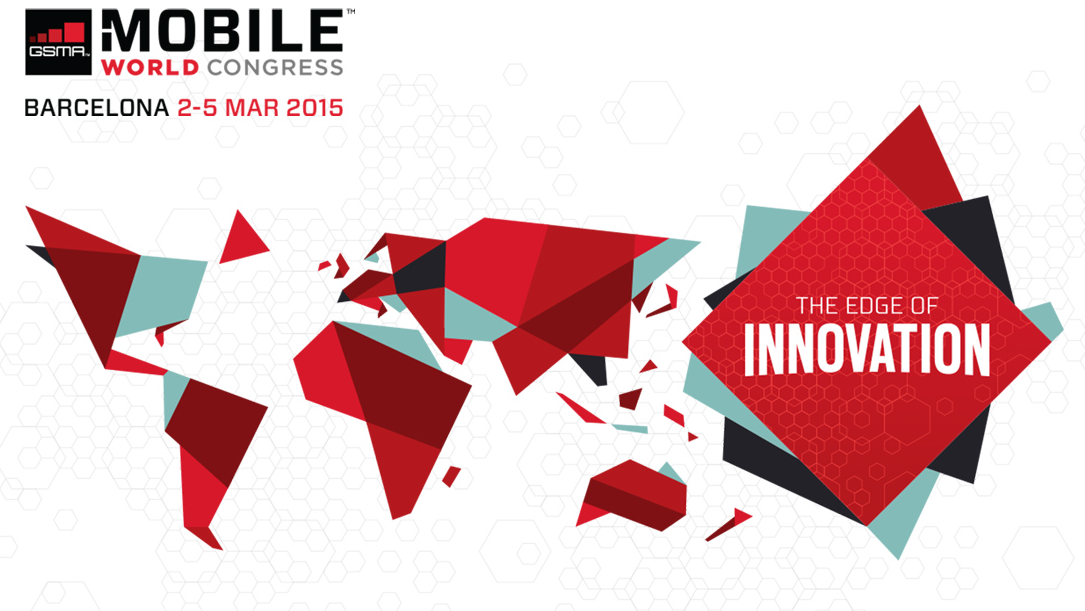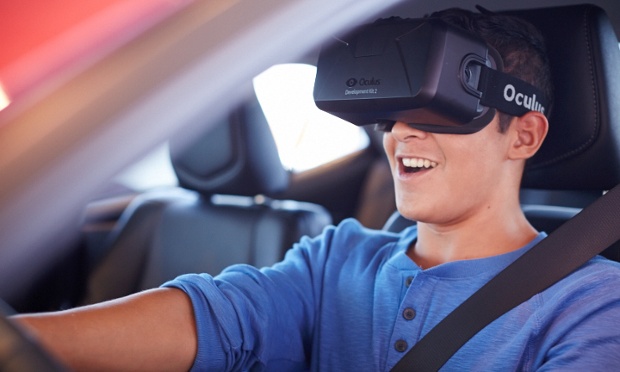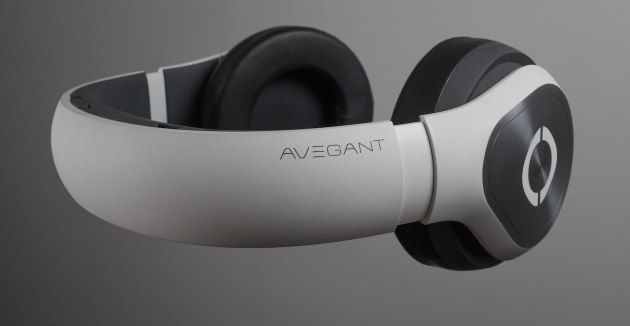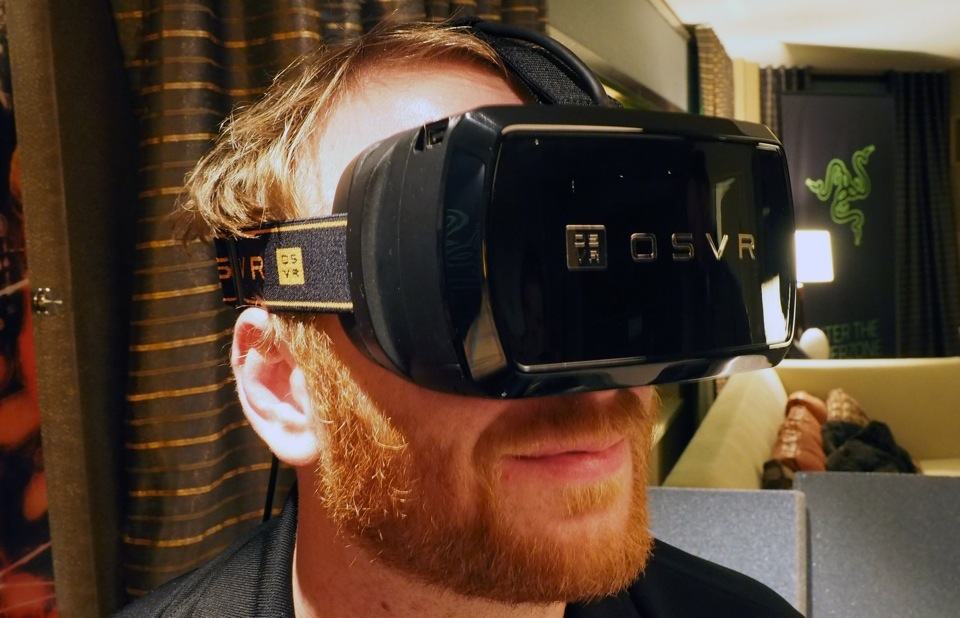There has been a lot of buzz around virtual reality, and Scott Broock is here at SXSW to tell us what Jaunt is up to, explaining what their platform can aid VR content creation, as well as what he thinks of the future of VR technology.
Tag: Virtual Reality
The Trigger SXSW: Scott Broock, Jaunt
There has been a lot of buzz around virtual reality, and Scott Broock is here at SXSW to tell us what Jaunt is up to, explaining what their platform can aid VR content creation, as well as what he thinks of the future of VR technology.

Event Recap: Mobile World Congress, Day 2
- Elliptic Labs: Gesture-based control for the smartphone.
- Thinfilm: Print-based approach to electronics brings digital interactivity (through NFC) to physical objects.
- Nordic Semiconducters: Chipsets that power proximity marketing solutions like BLE beacons from well-know providers like as Estimote, Kontakt.io and Roximity. Their nRF51 series chipset also powers products like smart lights, wireless keyboards, and the Adidas FIT SMART wristband tracker.

How Fashion Magazines Can Use Virtual Reality
Read original story on: AdWeek
Elle magazine wants to bring front-row seats at fashion shows to it readers with the help of virtual reality. The magazine is reportedly partnering up with VR-movie company Jaunt to produce a 360-degree photoshoot that offers a close look at the spring collection of premium denim brand 7 For All Mankind. The finished content will be released for VR headsets via its website within this month. As more and more brands start to experiment with VR technology, we expect to see more collaborative efforts like this pop up.

What Do You Want To See Next In Virtual Reality?
Read original story on: The Verge
Demonstrating the public’s continued interest in virtual reality, a fundraising campaign for a VR rock opera film has been live on Kickstarter. Described as a seven-part “feature-length virtual reality music experience”, the final product will be playable on a normal PC monitor, but is clearly made for the Oculus Rift. This project, if successfully funded, would indicate further diversification of virtual reality content, which in turn could help push VR technology closer to the consumer market.

Toyota Showcases New Oculus-Powered App
Read original story on: The Guardian
We have seen virtual reality used for simulated test drives before, but Toyota is putting the VR technology to new use with its TeenDrive365 app. Unveiled at the Detroit Auto Show, the Oculus Rift app works as a “distracted driving simulator”, challenging people to drive safely amid various distractions, including babbling passengers, loud traffic noise, and even virtual text messages. Partly designed to showcase the safety features of the new Toyota models, the app also shows the potential for brands to incoporate innovative technologies like virtual reality.

CES 2015: Avegant To Debut Sleek Headphone-like VR Headset
Read original story on: Re/code
Avegant, a Michigan-originated VR startup., is trying to create a virtual reality headset as stylish as Beats’ headphones. Today it shared the design of its first headset, the Glyph, exclusively with Re/code ahead of its formal unveiling at this year’s CES. Although its functions may pale in comparison with, say, the new prototype for Oculus Rift Crescent Bay, it sure looks great.

CES 2015: Razor Looking To Blow Virtual Reality Wide Open
Read original story on: Engadget
Razer is bringing some serious competition to Oculus with an open-source initiative known as “OSVR”, which stands for, you guessed it, Open-Source Virtual Reality. The company made a prototype headset for the initiative to build upon as well. By crowdsourcing its software and hardware development, the VR headset maker is clearly looking to speed up the realization of the virtual reality market, pushing the VR technology to consumers.
Oculus Purchases Nimble VR For 3D Hand Tracker
Read original story on: Gizmodo
Oculus has announced its acquisition of Nimble VR, a two-year-old startup that began with gloves, evolved to Kinect, and finally developed its own mounted 3D camera to track hand motions in real time. This acquisition points to Oculus’ ambition in creating a gesture-motion game controller for its headset, which would open up great possibilities for a deeper, VR-powered immersive engagement.
Take An Oculus-Powered Peek Into “Interstellar”
In a unique marketing move, Paramount and IMAX are partnering up to offer a sneak peek at Christopher Nolan’s much-anticipated sci-fi epic “Interstellar” with a traveling exhibit powered by Oculus Rift. With the help of Oculus Rift virtual reality headsets, participants will be able to experience zero gravity in the film’s featured spacecraft. With the maturation of virtual reality technology, we expect more marketing efforts to deploy it to offer a refreshingly immersive experience.
